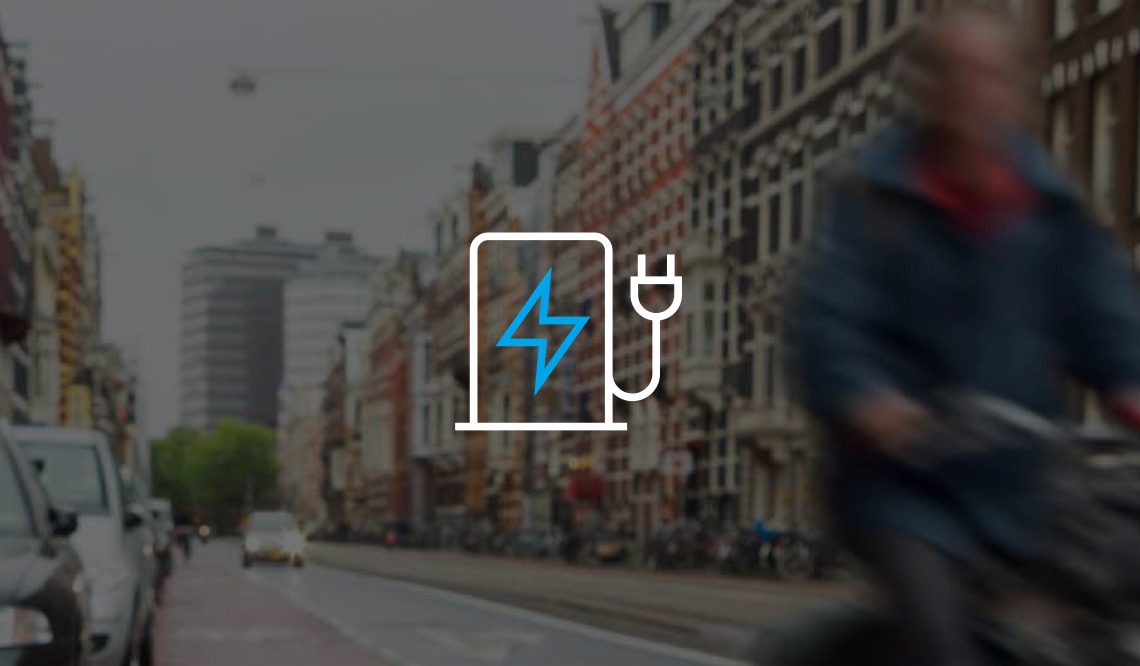Cars can pull different kilowatt (kW) on electric vehicle (EV) charging stations due to a number of factors, including:
Battery capacity: The capacity of the battery in an EV will determine how much energy it can store, and therefore how much energy is drawn from a charging station.
Charging speed: The charging speed of an EV is influenced by the battery’s capacity, the charging station’s output, and the vehicle’s on-board charging electronics. Some EVs can charge faster than others, which will affect the amount of energy that is drawn from a charging station.
Charging efficiency: The charging efficiency of an EV is a measure of how effectively the energy from the charging station is transferred to the vehicle’s battery. Different EVs may have different charging efficiencies, which will affect the amount of energy that is drawn from a charging station.
Charging rate limit: Some EVs may have a charging rate limit, which is a maximum charging rate set by the manufacturer.
Temperature: Temperature can affect the charging of an electric vehicle (EV). Many modern EVs have built-in temperature management systems to help regulate battery temperature during charging.
State of Charge (SoC): The state of charge (SoC) of a battery affects its health and performance. SoC refers to the amount of charge a battery holds, expressed as a percentage of its full capacity. Maintaining a consistent SoC level extends the battery’s lifespan and ensures consistent performance. Overcharging or undercharging can damage the battery and reduce its capacity. Monitoring SoC regularly and charging appropriately helps maintain battery health and extends its lifespan. This guide will provide tips for optimizing battery performance.
Power to the Unit: The power available at an electric vehicle (EV) charging station can be limited, and if there are multiple EVs charging at the same time, the power drawn by each vehicle may be lower. This is because the charging station has a maximum output, and if multiple vehicles are charging at the same time, they will need to share the available power. This can result in slower charging times, and lower power drawn by each vehicle.
Additionally, during busy times, the charging station may not be able to keep up with the demand for power, which can also result in lower power drawn by each vehicle. To mitigate this, some charging stations may be equipped with load balancing technology, which will distribute the power more evenly among the vehicles.
Overall, the amount of energy an EV can pull from a charging station depends on a combination of these factors, and may vary from vehicle to vehicle.
